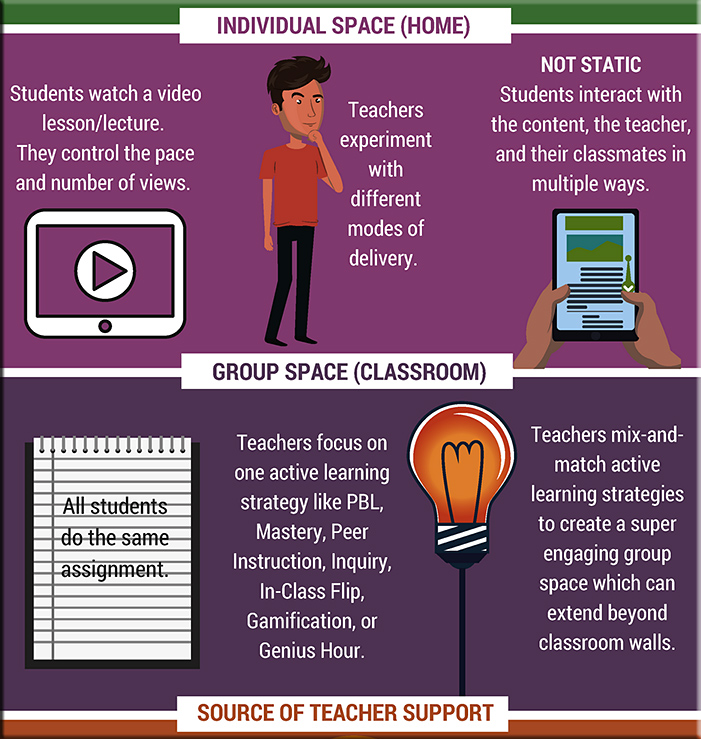From DSC:
The simpler something is, the greater chance that it will be adopted. Think of HTML and how simple it was years ago for people to create and post their own web pages. I would argue that it was that level of simplicity that lead to the explosive growth of the World Wide Web.
So when we look at what the term “flipped learning” or the “flipped classroom” is all about these days, I think we need to be careful that things don’t get too complex. Consider the growing complexity of the flipped classroom out at http://flr.flglobal.org/?p=417
Version 1.0 was easy to understand and therefore to implement. But Version 3.0 looks far less clear as to what we’re even talking about now. We need to find ways to keep it simple, if that’s possible. I realize that teaching and learning is messy, so I’m not sure it’s always possible to practice the KISS principle when we’re talking about pedagogies. But if we don’t try, we’ll have a harder time getting adoption in the future — because Instructional Designers, Teachers, Trainers, and Professors won’t even know what we’re talking about.
Robert Talbert gets at some of this too in his posting entitled, “Four challenges for flipped learning for the next five years.” Below is an excerpt from that posting:
1. Build a standard operational definition of flipped learning.
One of the biggest challenges facing flipped learning is simply defining what it is. Several competing definitions, all with some overlap but also with nagging differences, are in use today, and this is making it all but impossible to conduct or interpret research on flipped learning or practice it with students. It’s to the point that if you hear an instructor say she uses “flipped learning”, you have to dig deeper to know what she really means.
So as the first challenge, and as a prerequisite to the others, I propose that somehow, we all come up with an operational definition of flipped learning that can serve as the standard for research and practice. I’ve already proposed my own. I’m not saying this should be the standard, but I think something like this could be the starting point. How will “we” decide on a standard, and who’s the “we”? I don’t know, but I think it will involve some group of people a high profile to lead the discussion and decide on one, and then start using it and labeling it as “the standard definition”.
Can other people use models of flipped learning, such as the in-class flipped model, that don’t conform to a standard definition? Sure. Who’s going to stop them? But we need a starting point









